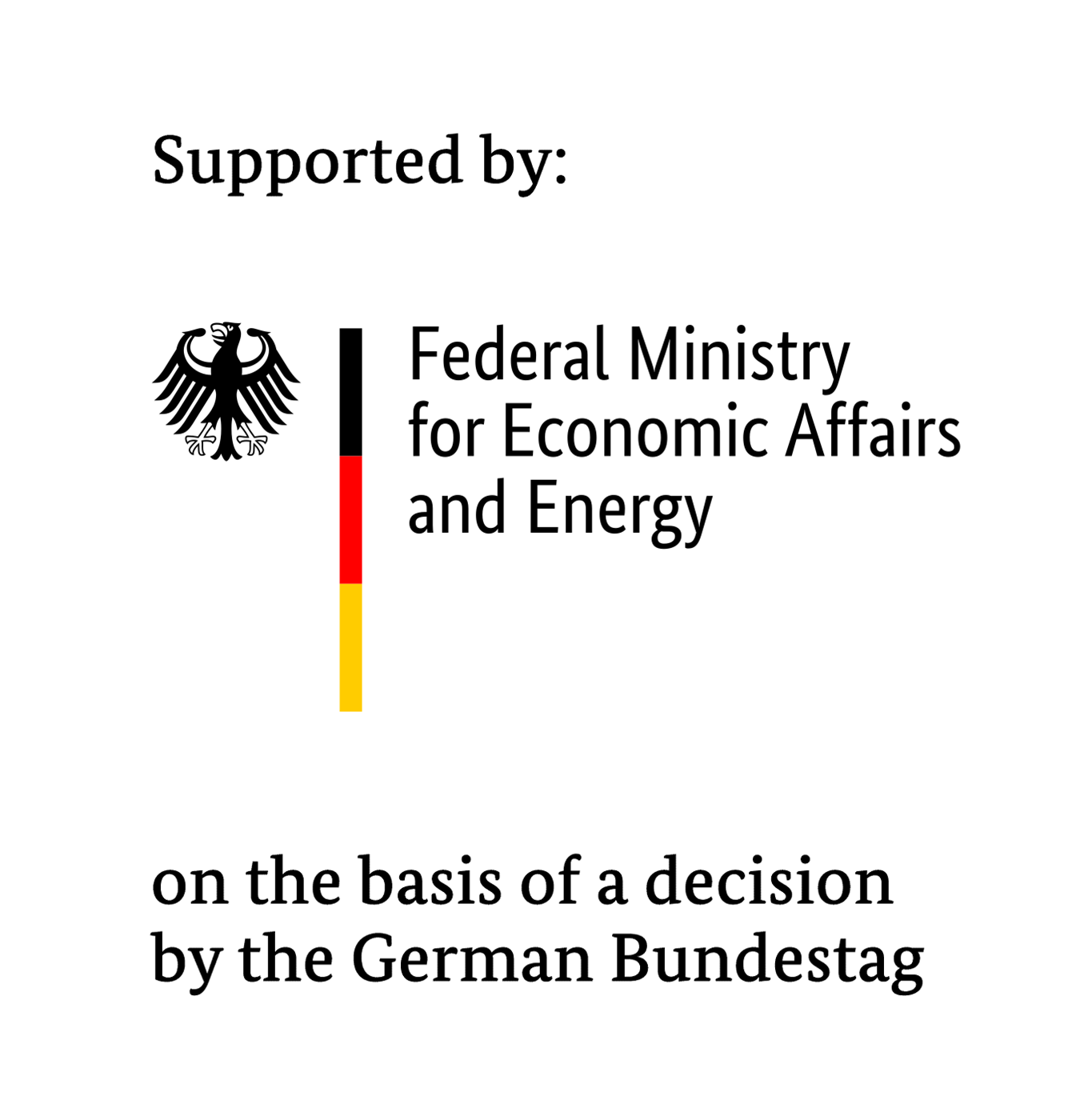StEnSea - Stored Energy in the Sea
The project Stored Energy in the Sea (StEnSea) explored, for the first time, a new form of environmentally friendly large-scale electrical energy storage in the sea. After the idea was developed by Prof. Horst Schmidt-Böcking and Dr. Gerhard Luther in 2011/2012, Fraunhofer IEE and Hochtief Engineering were engaged as partners to test the novel pumped storage concept in practice. Following a structural feasibility study by Hochtief Engineering, the concept of conventional pumped storage was transferred to the sea with funding from the BMWK.
The underwater pumped storage power plant uses the sea itself as the upper storage reservoir. The lower storage reservoir is formed by a spherical hollow concrete body located on the seabed. In pumping mode, the hollow sphere is emptied using current and in discharge mode, it is refilled with water via a turbine to recover the stored energy. A detailed description of the operating principle and further information can be found on the StEnSea topic page.





